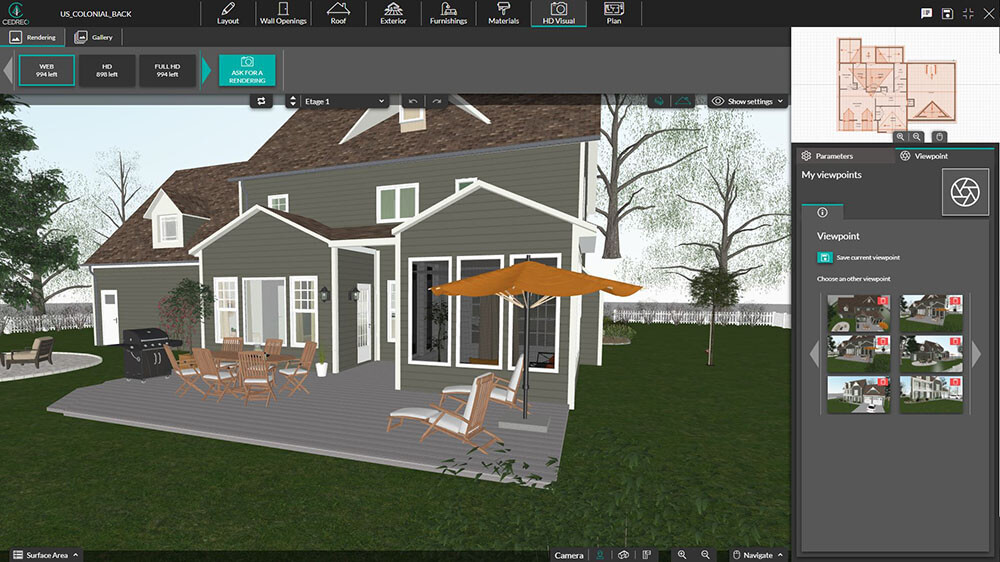How Architectural Renderings Improve Project Approvals


Obtaining project approvals is a critical step in the architectural process. Architectural renderings play a significant role in this phase by providing clear and compelling visualizations of the proposed design. This article explores how architectural renderings improve project approvals and facilitate smoother decision-making.
Clear Communication of Design Intent
Architectural renderings offer a clear and detailed representation of the design intent. They help stakeholders, including clients, investors, and regulatory bodies, understand the proposed project’s aesthetics, layout, and functionality. This clarity reduces misunderstandings and ensures that everyone is on the same page.
Visualizing the Final Outcome
Renderings allow stakeholders to visualize the final outcome of the project, making it easier to assess its feasibility and impact. Photorealistic renderings, in particular, provide a realistic preview of the finished project, helping to build confidence and support among decision-makers.
Addressing Concerns Early
By presenting detailed renderings, architects can address potential concerns early in the approval process. Stakeholders can provide feedback on specific aspects of the design, such as materials, colors, and layout. This feedback allows architects to make necessary adjustments before moving forward, ensuring a smoother approval process.
Demonstrating Compliance with Regulations
Architectural renderings can help demonstrate compliance with local regulations and guidelines. Detailed visualizations can show how the project adheres to zoning laws, building codes, and environmental standards. This transparency helps regulatory bodies assess the project’s suitability and grant approvals more efficiently.
Facilitating Community Engagement
For projects that impact the community, architectural renderings are valuable tools for engagement. Renderings can be presented at public meetings, allowing community members to see and comment on the design. This engagement fosters a sense of inclusion and helps address any concerns or objections from the public.
Supporting Funding and Investment
Securing funding and investment is often tied to project approvals. High-quality renderings can be used in presentations to potential investors and financial institutions, showcasing the project’s potential and value. Compelling visualizations increase the likelihood of securing the necessary financial support.
Enhancing Marketing and Promotion
Architectural renderings are also powerful marketing tools. They can be used in promotional materials, websites, and social media campaigns to generate interest and excitement about the project. Effective marketing can influence decision-makers and expedite the approval process.
Conclusion
Architectural renderings play a crucial role in improving project approvals by providing clear communication of design intent, visualizing the final outcome, addressing concerns early, demonstrating compliance with regulations, facilitating community engagement, supporting funding and investment, and enhancing marketing efforts. By leveraging high-quality renderings, architects can navigate the approval process more effectively and achieve successful outcomes.